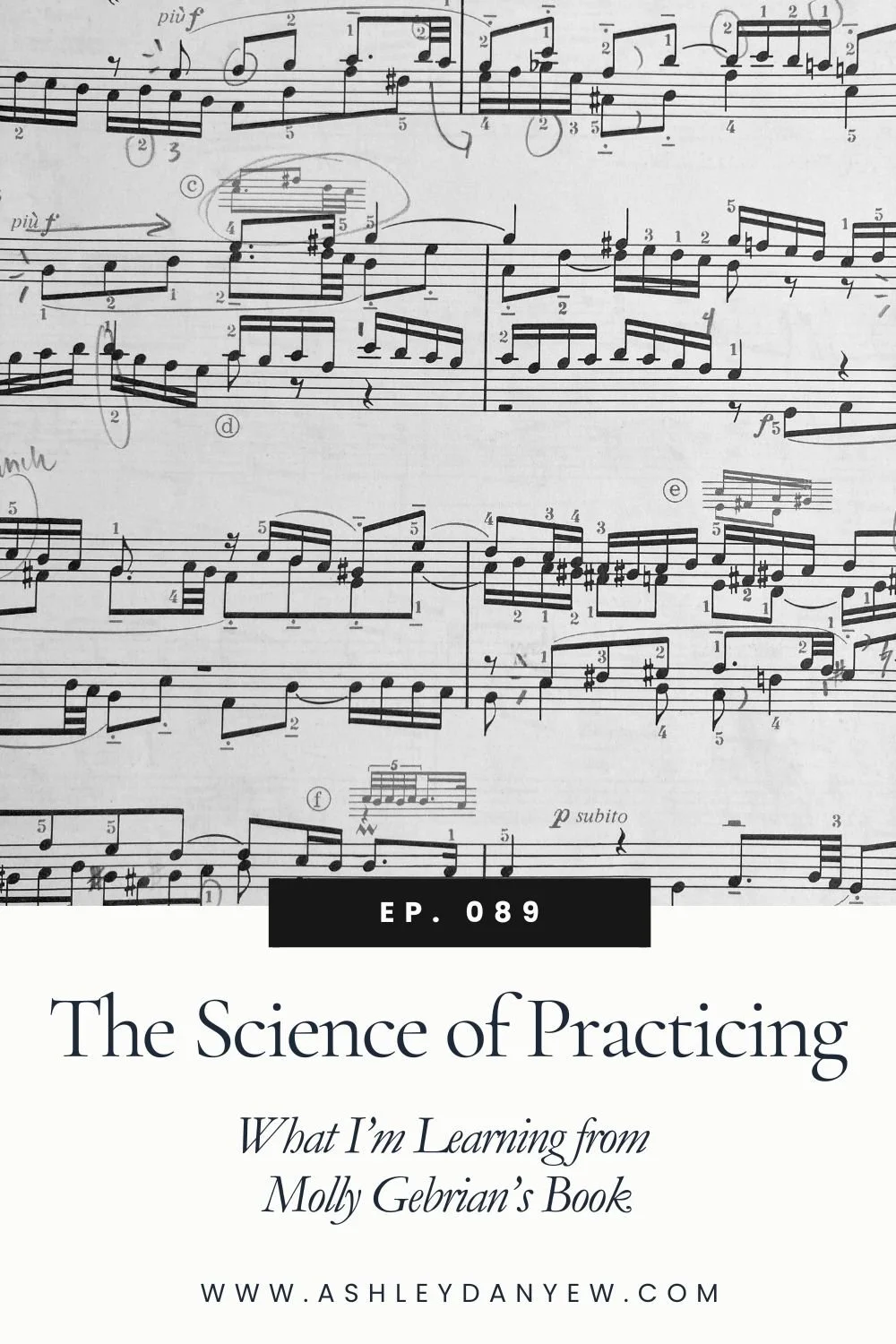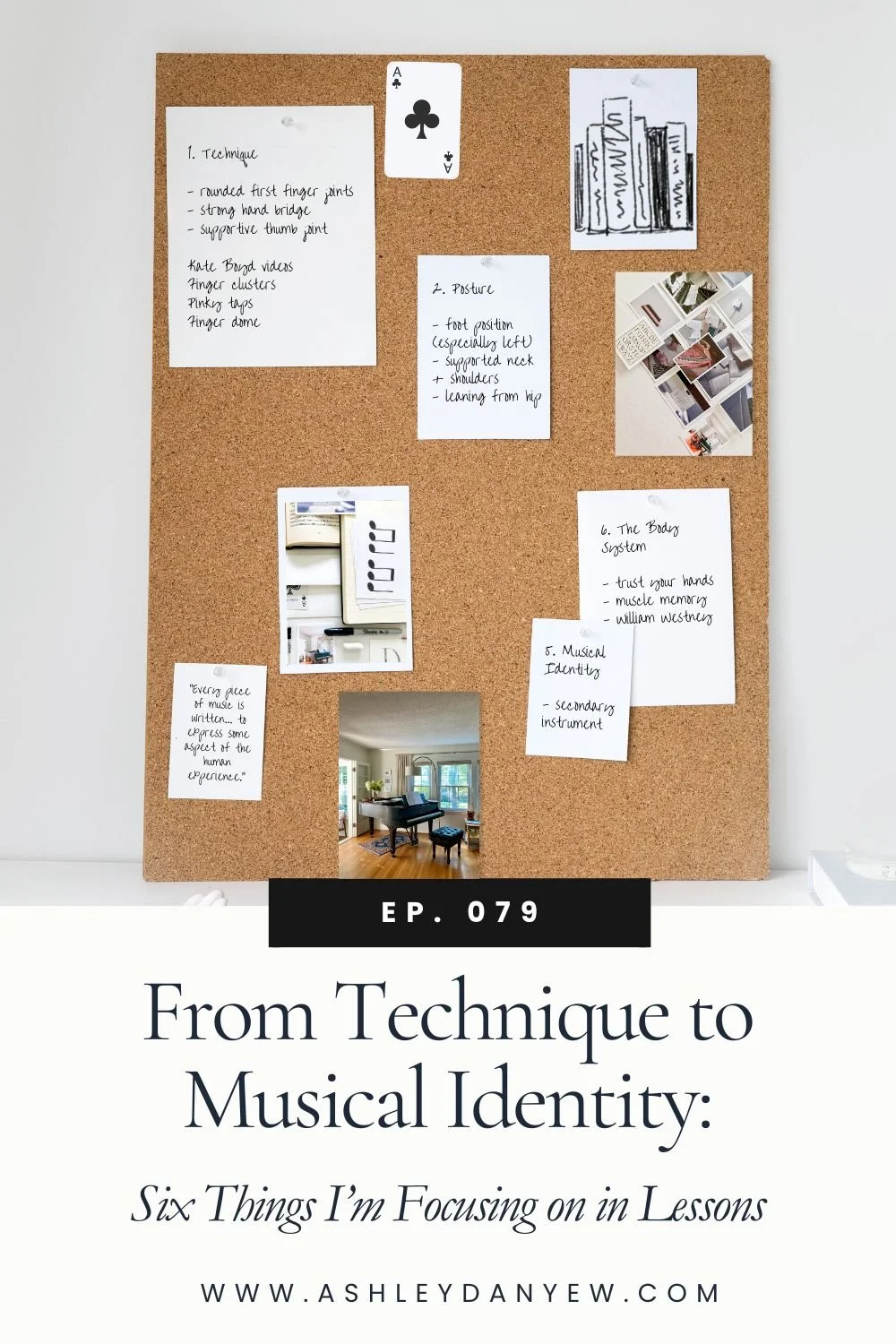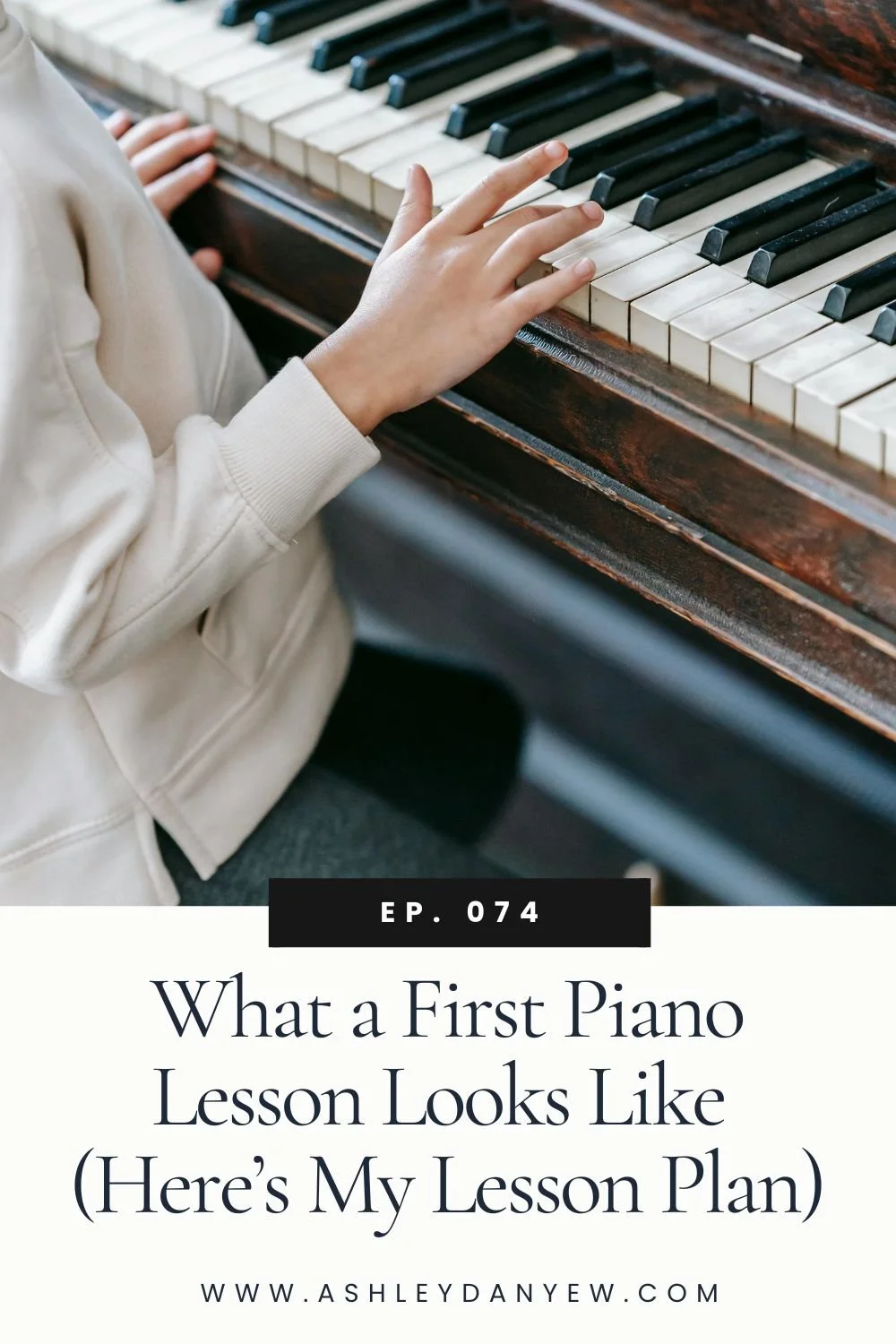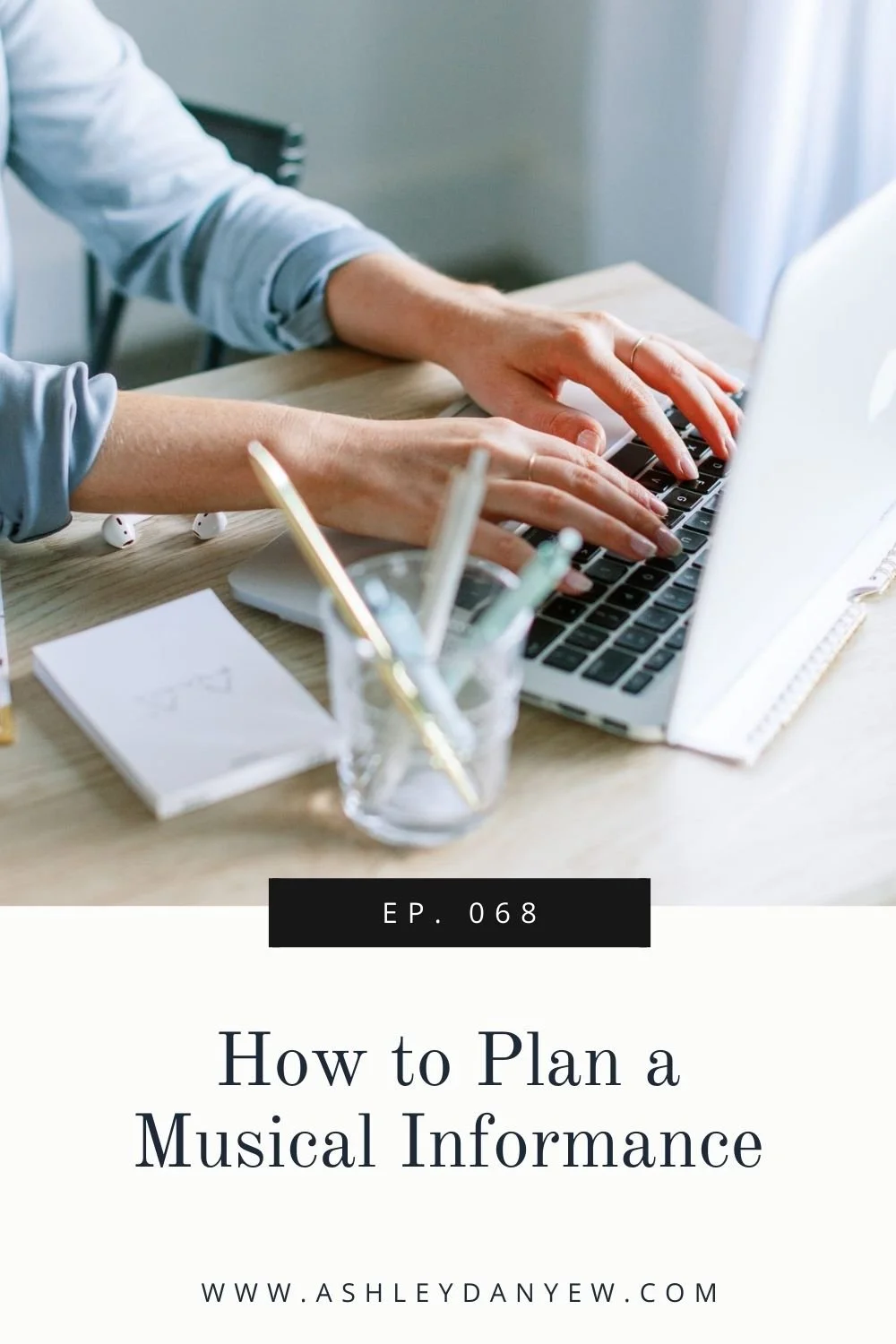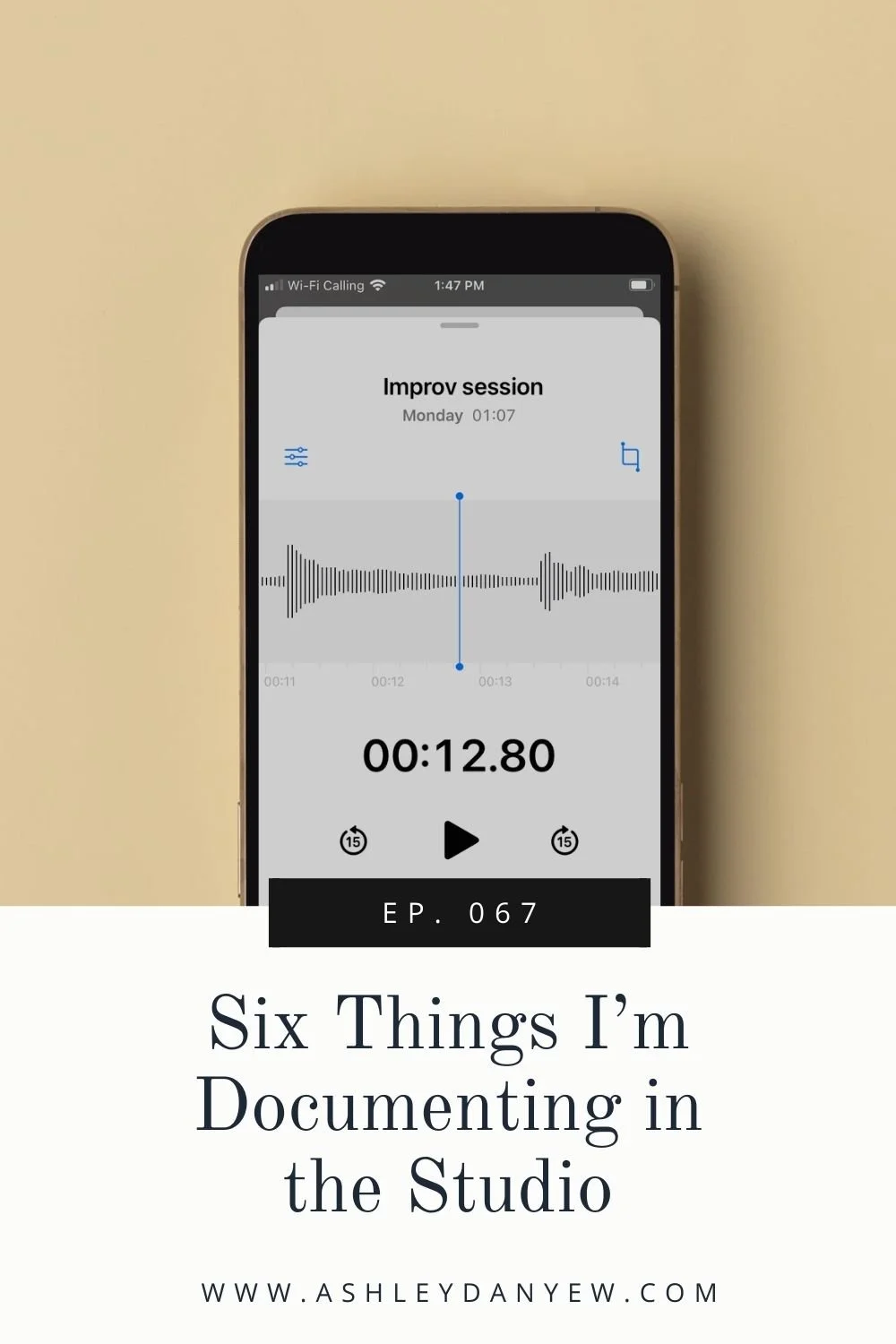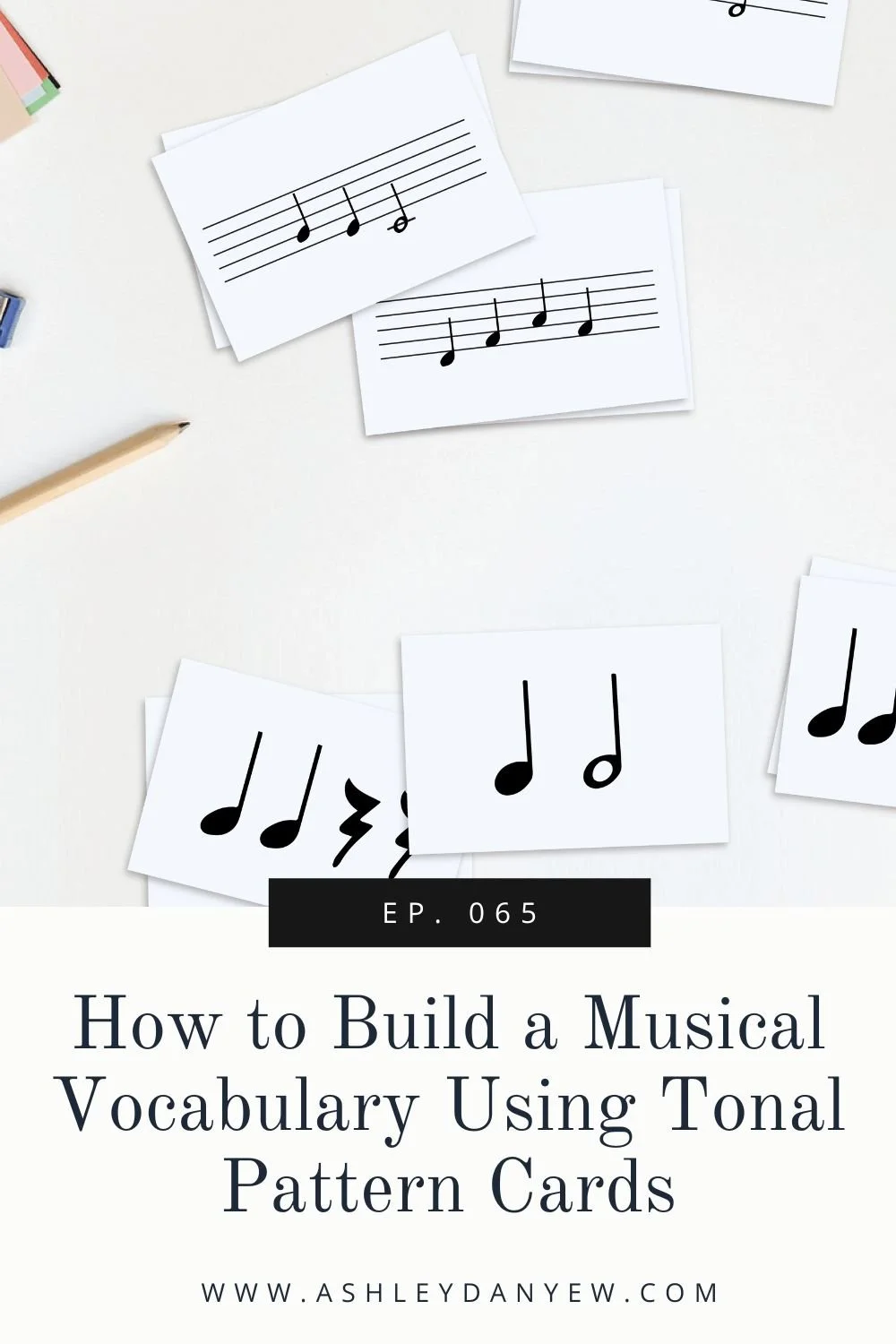Resources Mentioned
*Disclosure: I get commissions for purchases made through links in this post.
The Inner Game of Tennis: The Classic Guide to the Mental Side of Peak Performance (Timothy Gallwey)
“Piano Class for the Real World”: Exploring Experiential Learning with a Collaborative Inquiry Group in a Creative Musicianship Lab (Ashley Danyew)
“Bridging the gap: Informal learning practices as a pedagogy of integration” (Heloisa Feichas)
The Natural Learning Process
In the book The Inner Game of Tennis: The Classic Guide to the Mental Side of Peak Performance, author Timothy Gallwey describes a one-on-one lesson he had once with an adult tennis student. The student was aware of a problem with his serve, as several other teachers had pointed it out to him, and he could describe it in great detail, and what he needed to do to fix it.
So Timothy decided to try a different approach than the previous coaches that the student had worked with.
He observed the man serve a few times, then, instead of trying to find a new, better way to explain the problem that the student already knew he had, he simply instructed him to practice his serve in front of a large window that functioned as a mirror. Almost instantly, the student recognized the problem in his own serve—he saw it with his own eyes for the first time—and made the necessary corrections to relax his arm.
The man thanked Timothy profusely and told him that he had taught him more than all the other teachers he had had in the past. But Timothy said, “What did I actually teach you?” The man was quiet for a few seconds as he thought and he said, “Well I guess I don’t really know! But you helped me so much. In 15 minutes, you made more of an impact than the hours of private lessons I’ve had.”
Timothy reflected on this experience later and he wrote in the book, “He had learned, but had he been ‘taught’?" He went on to explain: "I had learned and he had learned, but there was no one there to take credit. There was only the glimmer of a realization that we were both participating in a wonderful process of natural learning.”
Now, when I told this story to Steve on our morning walk the next day, he argued that some level of teaching still took place here. That is true—Timothy had the foresight to know what the student needed, to see one step beyond where he was and help guide him to where he wanted to be. In this way, Timothy facilitated the student's learning.
And I think that's where the distinction lies: Facilitating vs. Teaching.
That's what we're going to talk about today.
Teaching vs. Facilitating
When I think about what it means to be a teacher, I think about words like instructing, guiding, demonstrating, leading, and shaping. Facilitating, for me, brings up words like structuring, suggesting, prompting, questioning, and creating.
Do you hear the subtle differences?
Teaching, for me, means I have a sense of duty and responsibility to help learners progress, develop their skills, or learn something new. I'm thinking and planning a few steps ahead of where they are and guiding them through the learning process. I know the outcome, I know where we're going, and I'm helping the learner build a bridge to get there.
Facilitating, in my experience, means I often don't have control over the outcome. That's the learner's responsibility. I don't necessarily know where we're going or where we'll end up. My job is to provide support, make suggestions, or help generate ideas, if needed. Sometimes, my job may be simply to observe or listen. The learner takes on a leadership role here.
Perhaps you recognize moments of teaching and moments of facilitating in your work. What does this look like for you? What scenes or interactions with students come to mind?
Sometimes I think we find ourselves in a particular situation where we think of ourselves as one or the other. I am a facilitator in this classroom; I am a teacher in this studio. I'm a teacher for this group; I'm a facilitator for that group.
Can you relate to this? What if you could be both teacher and facilitator?
When I was a doctoral student at Eastman, I spent a lot of time exploring this idea of being a teacher-facilitator. I read dozens of research studies on the effectiveness of this approach and how one could negotiate and balance these different roles.
For my dissertation study, I designed a keyboard skills/creative musicianship lab with a group of six undergraduate music education students and me, as facilitator. Together, we explored David Kolb’s (1984) Experiential Learning Theory, which maybe I’ll talk about in another episode sometime. We looked at how it applied to music learning and the development of practical keyboard skills.
My dissertation research was qualitative in nature, meaning I wrote field notes (hence the name of this podcast!) and analyzed videos, audio recordings, written documents, and collected artifacts to reconstruct participants’ experiences and perceptions as authentically as possible.
I reread some of my notes from my dissertation study recently and I marked a few things to share with you today.
First, toward the beginning of my dissertation, I described what it's like being an observer-facilitator:
"As a piano teacher, I tailor my instruction to the needs of the student as much as possible. For some of my current students, this means taking on the role of observer-facilitator: observing their methods of informal learning, asking questions that promote critical and creative thinking, and offering insight, as needed. Through this experience, I have learned a great deal about informal and democratic learning, and my role as facilitator."
Negotiating Roles as Teacher and Facilitating in Music Learning
I've been reflecting on this idea—being an observer-facilitator or teacher-facilitator—again recently. It's something that requires our attention and awareness. We need to ensure that we're negotiating these two roles fairly and keeping them in balance.
This is something I've been practicing recently as I lead my elementary and intermediate students through a multi-week, studio-wide blues composition project. Each week, my students come into their lessons with the next component of their composition: an alternate melody pattern, a LH accompaniment idea, a motive to begin or end the piece.
My job here is to observe, take in what they're creating, listen to their ideas, and help facilitate their next steps. Sometimes, they need a little help shaping their patterns into something that fits the meter, key, or harmonic progression. Sometimes, they need a little help generating ideas for accompaniment patterns. Sometimes, they need support to help them navigate the 12-bar progression.
When we started this project, I took on the role of teacher: explaining the history of the blues, sharing examples, outlining the progression, and assigning them a key suitable for their level.
But I believe that learners should take an active role in co-constructing the learning environment. That means they should have a say in how we do some things. Our goals should be shared. And they have autonomy and ownership in the creative process.
In weeks 2, 3, and 4 of the composition project, I’ve been stepping into the adjacent roles of observer and facilitator. Depending on what each student needed at a given lesson, I found myself shifting between these roles, trying not to overstep, suggest too many ideas, or change too much of their own originality.
Truth be told, sometimes it's hard to balance these different roles in a lesson.
In one of my written reflections during my dissertation study, I documented what it was like to watch one of our sessions back on tape, reconciling my own perceptions of what it was like with a more objective view a few weeks later. I wrote:
"Moments where I stepped in (and where I thought I may have overstepped) were moments of questioning, challenging, and ultimately, attempts at empowering group members to create, try new things, and consider other vantage points."
Do you hear those words jump out? Questioning, challenging, and empowering. These are characteristics I want to embody when I'm stepping into a facilitator role.
In a 2010 article on informal learning practices published in the British Journal of Music Education, Heloisa Feichas described:
"A teacher must be part of the community of learners and should be attentive, open, not anxious for quick and expected results, ready to let go of any previous plan . . . able to make connections . . . constantly adapting by experimentation, a real facilitator who allows the students to process their knowledge."
The idea of allowing students to process their knowledge stands out to me. I think sometimes when we're in teaching mode, there's this urgency to move forward, to progress to the next thing, to keep a quick pace, and stick to the plan we have laid out.
But in facilitating, the focus is on the experience, on making connections, exploring ideas, and processing new information. There isn't a time limit for this, there isn't a lesson plan to follow. The learner sets the pace.
I'm learning that the lessons I perceive as most meaningful are ones where I embrace my role as a teacher-facilitator. There are moments of structure and moments of play; moments of demonstration and observation, moments of leading and suggesting.
Research Questions for Your Music Teaching Practice
To end this conversation today, I thought I'd share a few reflective research questions (based on questions I asked in my dissertation study) for you to explore in your teaching in the coming weeks.
What does co-constructed learning look like in your teaching environment?
How do learners perceive and define the role of the facilitator?
How do you as facilitator perceive and define the role of the learner?
I'd love to hear your thoughts on this topic. Send me a message on Instagram or email me at ashley@ashleydanyew.com.




